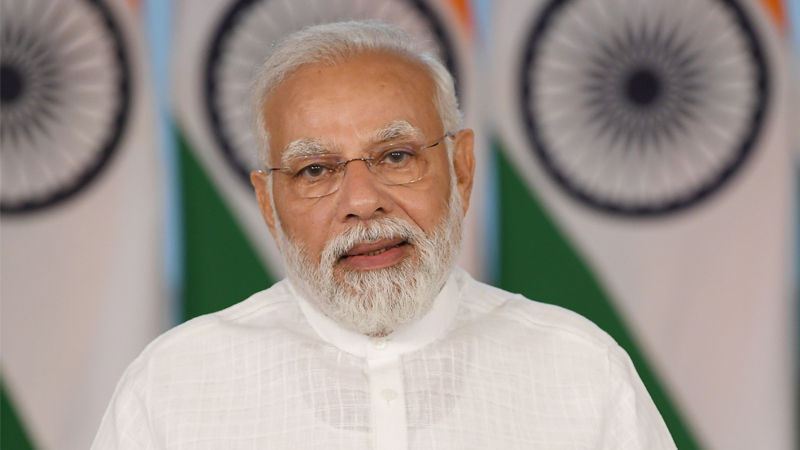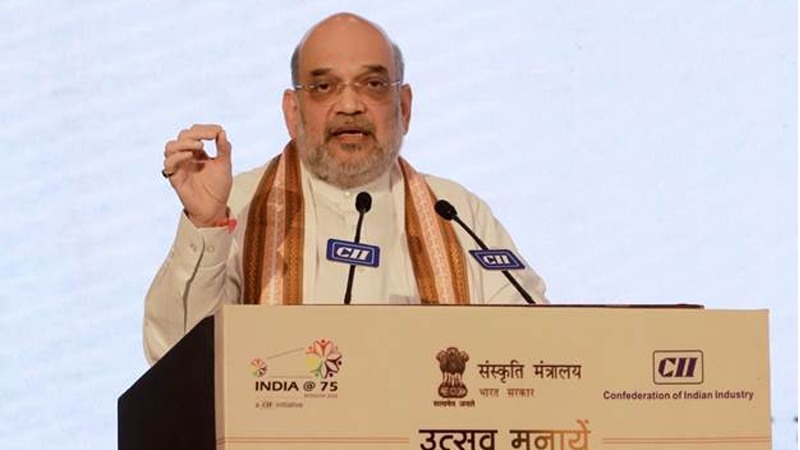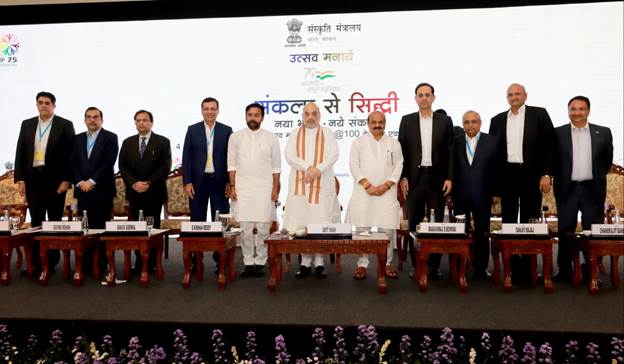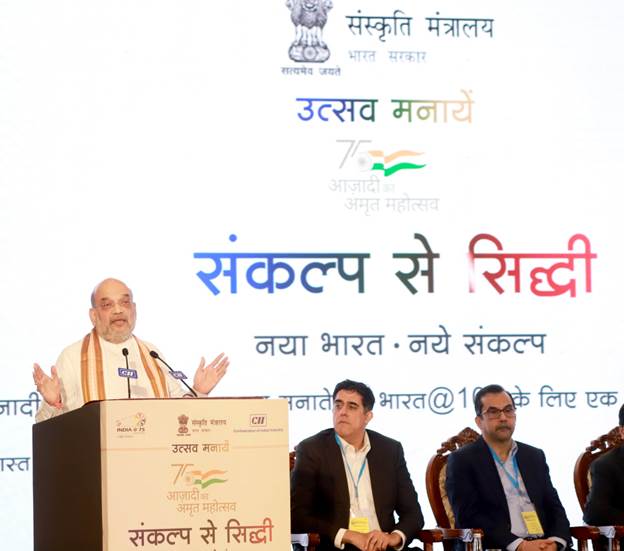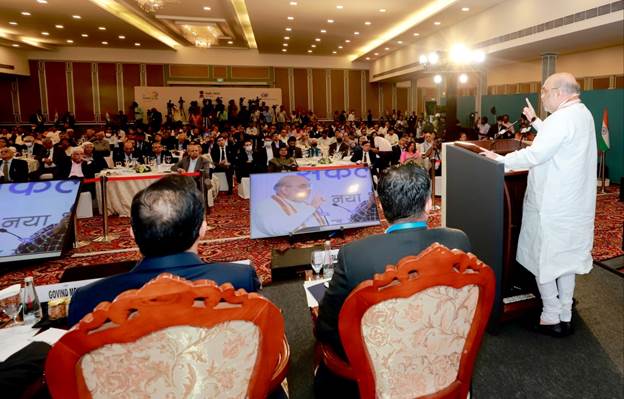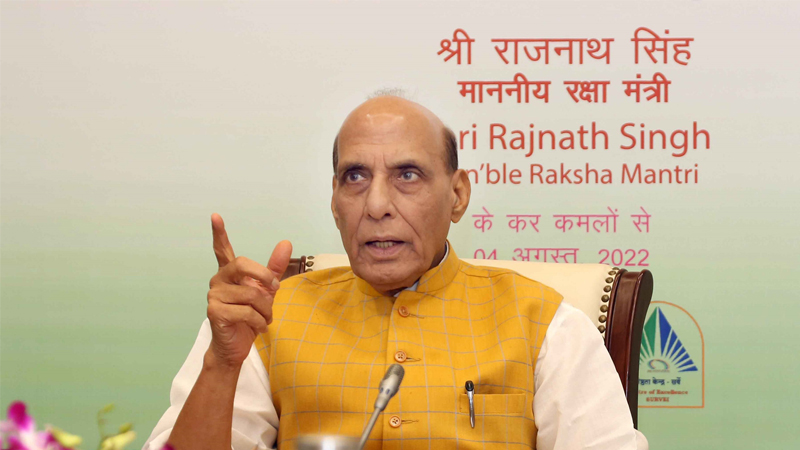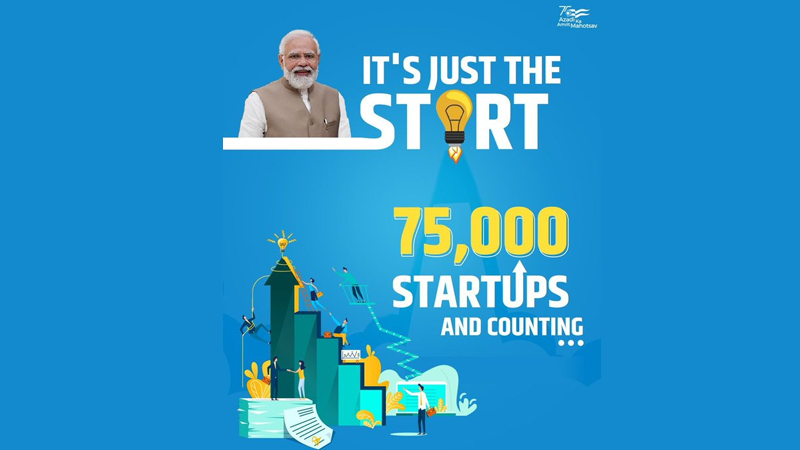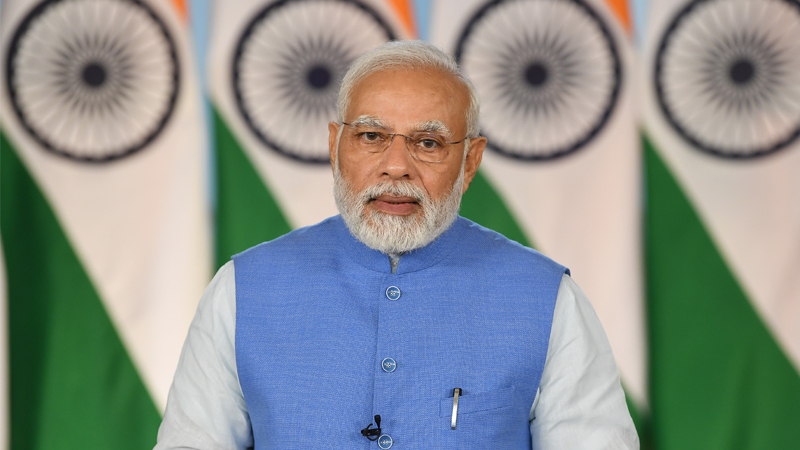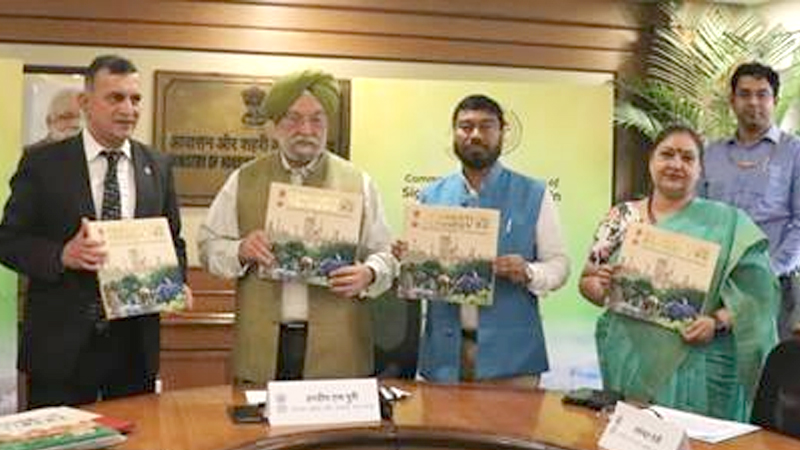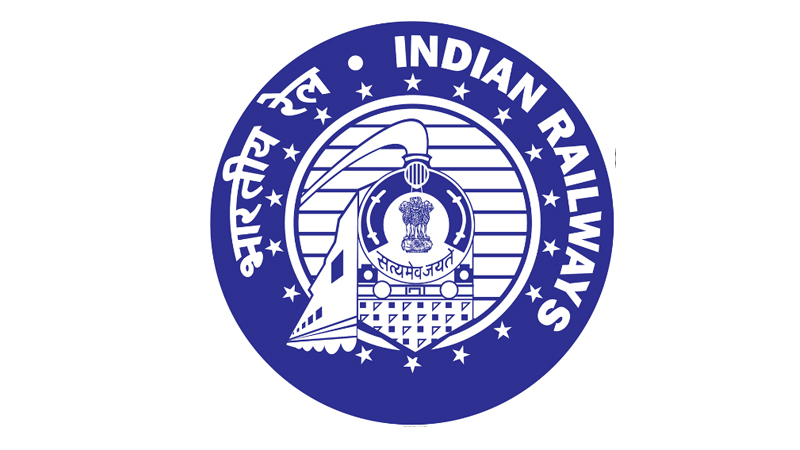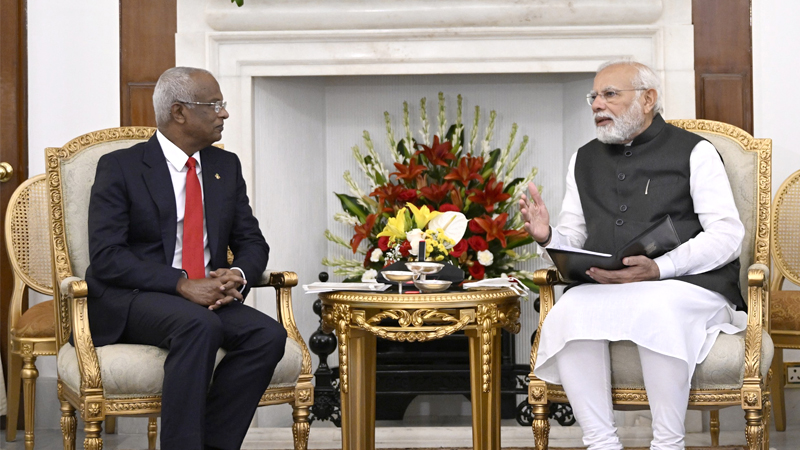Keeping in view interest of sugarcane farmers (Ganna Kisan), the Cabinet Committee on Economic Affairs chaired by Hon’ble Prime Minister Shri Narendra Modi has approved Fair and Remunerative Price (FRP) of sugarcane for sugar season 2022-23 (October – September) at Rs. 305/qtl for a basic recovery rate of 10.25%, providing a premium of Rs. 3.05/qtl for each 0.1% increase in recovery over and above 10.25%, & reduction in FRP by Rs. 3.05/qtl for every 0.1% decrease in recovery. However, the Government with a view to protect interest of sugarcane farmers has also decided that there shall not be any deduction in case of sugar mills where recovery is below 9.5%. Such farmers will get Rs. 282.125/qtl for sugarcane in ensuing sugar season 2022-23 in place of Rs. 275.50/qtl in current sugar season 2021-22.
The A2 + FL cost of production of sugarcane (i.e actual paid out cost plus imputed value of family labour) for the sugar season 2022-23 is Rs. 162/qtl. This FRP of Rs. 305/qtl at a recovery rate of 10.25% is higher by 88.3% over cost of production, thereby ensuring the promise of giving the farmers a return of more than 50% over their cost. The FRP for sugar season 2022-23 is 2.6% higher than current sugar season 2021-22.
Due to proactive policies of Central Government ,sugarcane cultivation and sugar industry has come a long way in past 8 years and now reached a level of self-sustainability. This is outcome of timely government interventions and collaboration with sugar industry, State Governments, various departments of Central Government as well as farmers. Salient measures taken by the Government for Sugar Sector in recent years are as under:
- FRP of sugarcane is fixed to ensure a guaranteed price to sugarcane growers.
- Government has increased FRP by more than 34% in past 8 years.
- Government has also introduced the concept of Minimum Selling Price (MSP) of sugar to prevent fall in ex-mill prices of sugar & accumulation of cane arrears (MSP was fixed initially at ₹ 29/ kg w.e.f 07-06-2018; revised to ₹ 31/kg w.e.f. 14-02-2019).
- Financial assistance of more than ₹ 18,000 crore extended to sugar mills to facilitate export of sugar, for maintaining buffer stocks, to augment ethanol production capacity & for clearance of farmers’ dues.
- Diversion of surplus sugar for production of ethanol led to improved financial conditions of sugar mills. As a result, they are able to clear cane dues early.
- Due to exports and diversion of sugar to ethanol, sugar sector has become self-sustainable and budgetary support for export and buffer are not required to improve liquidity of mills.
Further, due to various others measures taken for the Sugar Sector during past few sugar seasons which inter-alia included introduction of high yielding varieties of sugarcane, adoption of drip irrigation system, modernization of sugar plant and other R&D activities, the area of sugarcane cultivation, production of sugarcane, cane crushed, sugar production & its recovery percentage and the payment to farmers have increased considerably.
Government committed to increase income of farmers:
Decision will benefit 5 crore sugarcane farmers (Ganna Kisan) and their dependents, as well as 5 lakh workers employed in the sugar mills and related ancillary activities. 9 years back, FRP was only Rs. 210/ qtl in sugar season 2013-14 & only about 2397 LMT of sugarcane was purchased by sugar mills. Farmers were getting only about Rs. 51,000 cr from sale of sugarcane to sugar mills. However, in past 8 years Government has increased FRP by more than 34%. In the current sugar season 2021-22, about 3,530 lakh tons of sugarcane of worth Rs. 1,15,196 cr was purchased by sugar mills, which is at all time high.
Keeping the increase in the acreage & expected production of sugarcane in the ensuing sugar season 2022-23, more than 3,600 lakh tons of sugarcane is likely to be purchased by sugar mills for which the total remittance to the sugarcane farmers is expected to be more than Rs. 1,20,000 crore. The Government through its pro-farmer measures will ensure that sugarcane farmers get their dues in time.
In the previous sugar season 2020-21, about Rs. 92,938 crores cane dues were payable, out of which Rs. 92,710 crore has been paid & only Rs. 228 crore arrears are pending. In the current sugar season 2021-22, out of cane dues payable of Rs. 1,15,196 crores about Rs. 1,05,322 crores cane dues have been paid to farmers, as on 01.08.2022; thus, 91.42% cane dues have been cleared which is higher than earlier seasons.
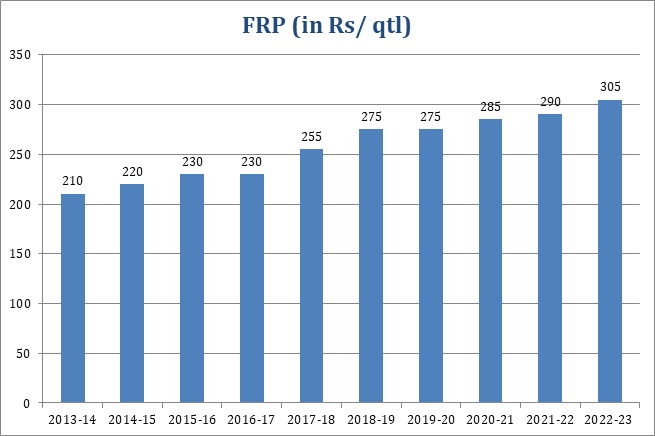
India – largest producer & second largest exporter of sugar in the world:
India has surpassed Brazil in the sugar production in the current sugar season. With the increase in the production of sugar in past 8 years, India apart from meeting its requirement for domestic consumption has also consistently exporting sugar which has helped in reducing our fiscal deficit. In last 4 sugar seasons 2017-18, 2018-19, 2019-20 & 2020-21, about 6 Lakh Metric Tonne (LMT), 38 LMT, 59.60 LMT & 70 LMT of sugar has been exported. About 100 LMT of sugar has been exported till 01.08.2022 in the current sugar season 2021-22 & exports likely to touch 112 LMT.
Sugarcane farmers & sugar industry now contributing in energy sector:
India’s 85% requirement of crude oil is met through imports. But with a view to reduce import bill on crude oil, to reduce pollution & to make India Atmanirbhar in petroleum sector, Government is pro-actively moving ahead to increase production & blending of ethanol with petrol under the Ethanol Blended with Petrol programme. Government is encouraging sugar mills to divert excess sugarcane to ethanol which is blended with petrol, which not only serves as a green fuel but also saves foreign exchange on account of crude oil import. In sugar seasons 2018-19, 2019-20 & 2020-21, about 3.37 LMT, 9.26 LMT & 22 LMT of sugar has been diverted to ethanol. In current sugar season 2021-22, about 35 LMT of sugar is estimated to be diverted & by 2025-26 more than 60 LMT of sugar is targeted to be diverted to ethanol, which would address the problem of excess sugarcane as well as delayed payment issue because farmers would get timely payment.
Government has fixed target of 10% blending of fuel grade ethanol with petrol by 2022 & 20% blending by 2025.
Till year 2014, ethanol distillation capacity of molasses based distilleries was only about 215 cr litres. However, in past 8 years due to the policy changes made by the Government, the capacity of molasses based distilleries have increased to 595 cr litres. Capacity of grain based distilleries which were about 206 cr litres in 2014 have now increased to 298 cr ltrs. Thus, the overall capacity of ethanol production has doubled in past 8 years from 421 cr ltrs in 2014 to 893 cr ltrs in July’ 2022. Government is also extending interest subvention to sugar mills/ distilleries for loans availed from banks for augmentation of ethanol production capacities. About 41,000 cr investment is being made in ethanol sector which will create employment opportunities in rural areas.
In ethanol supply year (ESY) 2013-14, supply of ethanol to OMCs was only 38 crore litres with blending levels of only 1.53 %. Production of fuel grade ethanol and its supply to OMCs has increased by 8 times from 2013-14. In ethanol supply year 2020-21 (December – November), about 302.30 cr ltrs of ethanol has been supplied to OMCs thereby, achieving 8.1% blending levels. In the current ESY 2021-22, we have been able to achieve 10.17% blending levels. More than 400 cr ltrs of ethanol likely to be supplied by sugar mills/ distilleries for blending with petrol in the current ESY 2021-22 which will be 10 times in comparison to supplies in year 2013-14.
Sugar industry becoming self-sustainable:
Earlier, sugar mills were dependent primarily on sale of sugar to generate revenues. Surplus production in any season adversely affects their liquidity leading to accumulation of cane price arrears of farmers. Government interventions were made from time to time to improve their liquidity. However, in past few years due to Central Government’s proactive policies including encouragement to export surplus sugar & to divert sugar to ethanol, the sugar industry has now become self-sustainable.
Since, 2013-14 about Rs. 49,000 crore revenue generated by sugar mills from sale of ethanol to Oil Marketing Companies (OMCs). In the current sugar season 2021-22, about Rs. 20,000 cr revenue is being generated by sugar mills from sale of ethanol to OMCs; which has improved liquidity of sugar mills enabling them to clear cane dues of farmers . Revenue from sale of sugar & its by-products, ethanol supplies to OMCs, power production from bagasse based cogeneration plants & sale of potash produced from press mud has improved topline & bottom line growth of sugar mills.
The measures taken by the Central Government and FRP enhancement have encouraged farmers to cultivate sugarcane and facilitated continued operation of sugar factories for domestic manufacturing of sugar. Due to proactive policies made by the Government for sugar sector, India is also now becoming atmanirbhar in energy sector.


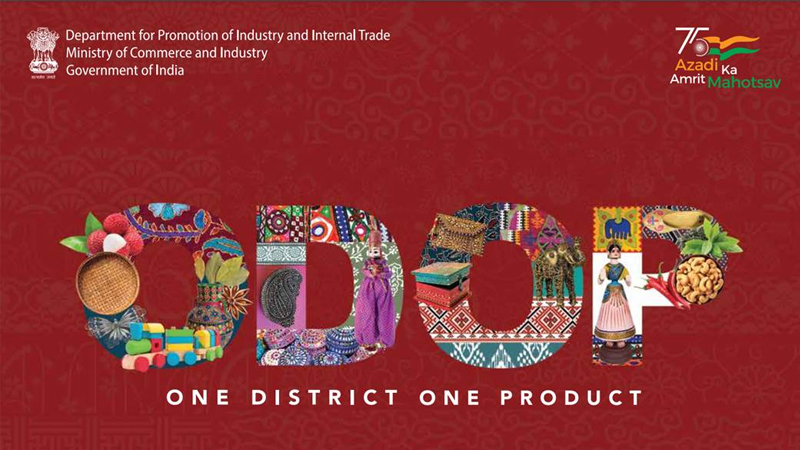
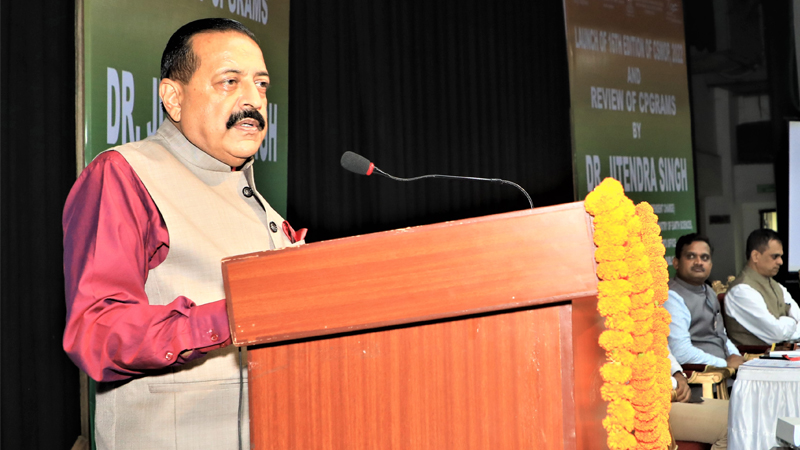
8NR1.jpg)
CGSV.jpg)
